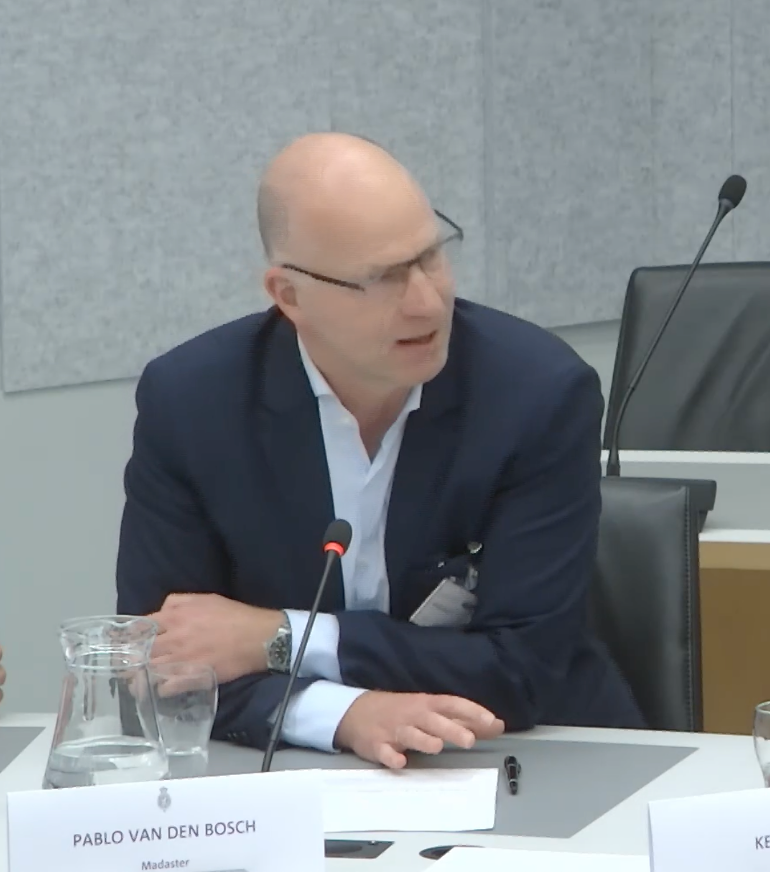Digitalization of the built environment
Meaningful organisational transformation is not achieved by merely digitalising existing business processes or defining sustainability as just a ‘nice to have’ addition to a traditional project. The transition towards a digitally enabled sustainable and circular built environment requires a fundamentally different approach to design, engineering, production and construction processes. With an important role for government, institutional and NGO stakeholders as drivers of concerted action by private and public actors. Read all about it in the report ‘Digitalization of the built environment’ by the World Business Council for Sustainable Development (page 34 contains valuable information on how Madaster unlocks the hidden value of materials).
Join our movement today, start preserving value
View all



